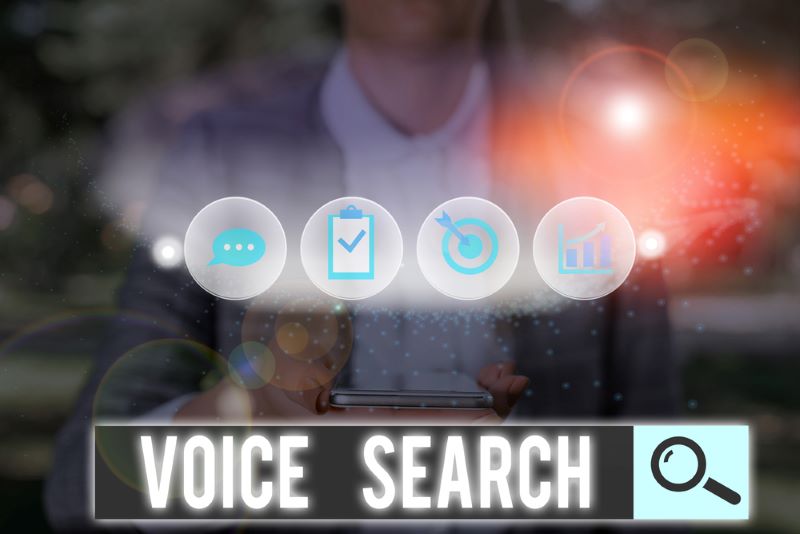
In business, storytelling has become an essential tool for sales professionals. This powerful technique enables companies to connect with their customers on a deeper level, captivate their attention, and ultimately drive sales growth. By effectively using storytelling, businesses can create memorable experiences, build trust, and differentiate themselves from their competition. In this blog post, we will explore how storytelling can be used as a sales tool to win over customers and grow your business.
1. The Power of a Compelling Narrative:
At its core, storytelling is the art of crafting a narrative that engages and resonates with your audience. In the context of sales, a compelling narrative can mean the difference between a potential customer simply listening to your pitch and actually being emotionally invested in what you have to offer. By weaving a story around your product or service, you can tap into the emotions and desires of your customers, making your offering more relatable and memorable.
For example, instead of bombarding your audience with a list of features and benefits, consider telling the story of how your product or service has transformed the lives of previous customers. By highlighting real-life success stories, you can inspire trust and demonstrate the value of your offering. Remember, people connect with stories, not data points.
2. Understanding Your Audience:
To effectively use storytelling as a sales tool, it is crucial to understand your audience and tailor your narratives accordingly. Spend time researching your target market, their pain points, and their aspirations. This will enable you to create stories that directly address their needs and desires.
For instance, if you are targeting busy professionals, craft a narrative that emphasizes the time-saving benefits of your product or service. On the other hand, if your audience consists of environmentally conscious individuals, focus on the sustainability aspects of your offering. The key is to align your storytelling with the values and motivations of your customers, making your message more relevant and impactful.
3. Authenticity and Transparency:
In the age of information, customers value authenticity and transparency more than ever before. They can easily spot a sales pitch and are often sceptical of exaggerated claims. To overcome this scepticism, storytelling can be used to humanize your brand and establish trust.
Share the story behind your business, the challenges you have faced, and the passion that drives you. Transparently discuss any shortcomings or setbacks your product may have and how you are working to improve it. By being honest and genuine, you can build a connection with your customers and demonstrate that you care about their needs.
4. The Role of Emotion:
Storytelling is a powerful tool because it engages the emotional centres of our brains. Emotions drive decision-making, and sales professionals who understand this can leverage storytelling to influence customer behaviour.
When crafting your narrative, consider the emotions you want to evoke in your audience. Are you appealing to their desire for success, happiness, or security? By aligning your story with the emotions that resonate with your customers, you can create a sense of urgency and compel them to take action.
5. Consistency Across Channels:
Lastly, to effectively use storytelling as a sales tool, consistency across all marketing channels is crucial. Your brand story should be reflected in your website, social media presence, and sales collateral. Consistent messaging ensures that your customers receive a cohesive experience, reinforcing the story you are telling about your brand.
Make sure to train your sales team to incorporate storytelling into their conversations with customers. Equip them with compelling narratives that align with the values and aspirations of your target market. This will enable them to create meaningful connections with prospects and drive sales growth.
Conclusion:
Storytelling is a powerful sales tool that can help businesses win over customers and grow their bottom line. By crafting compelling narratives that engage emotions, understanding your audience, being authentic and transparent, and ensuring consistency across channels, businesses can successfully leverage storytelling to differentiate themselves and drive customer loyalty. Embrace the power of storytelling and take your sales efforts to new heights.
You may also like: Key Advantages Of Online Marketing Advertising
Image source: Depositphotos.com

Welcome to the Future of...

It is evident that social...

Today, the way people search...